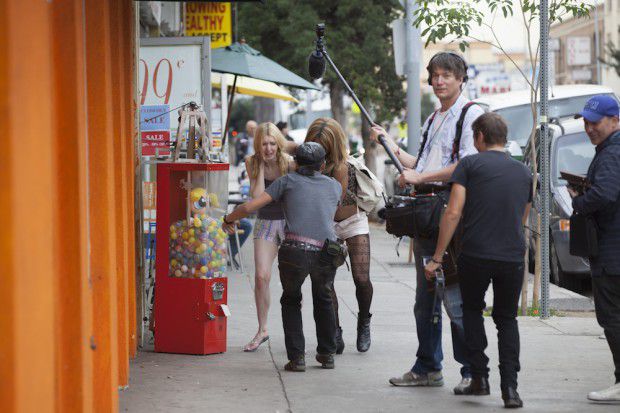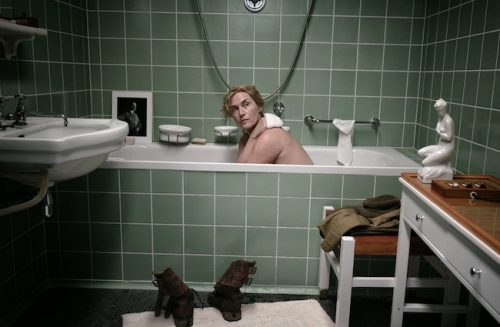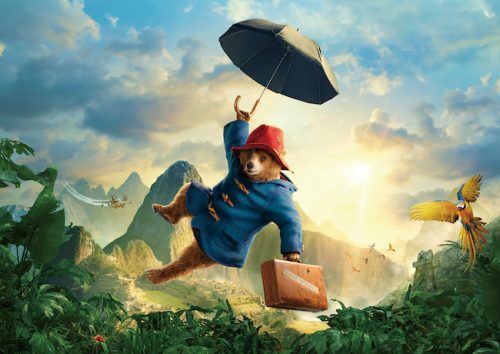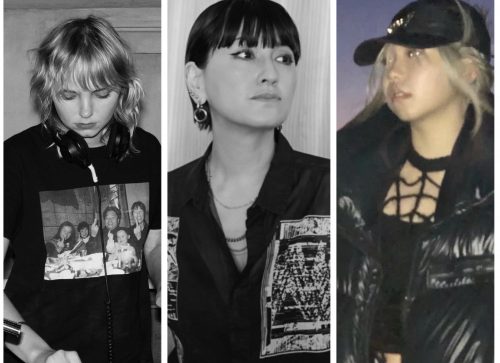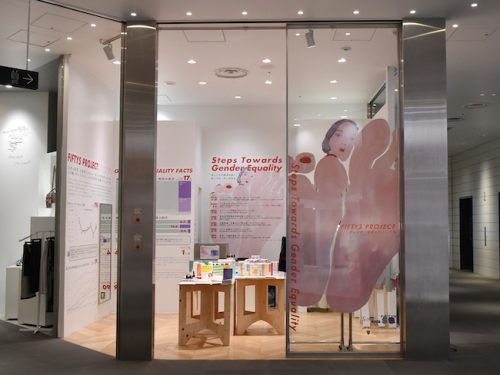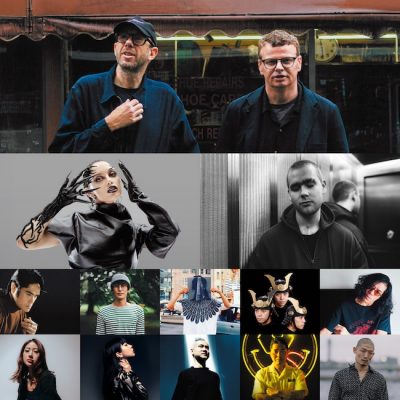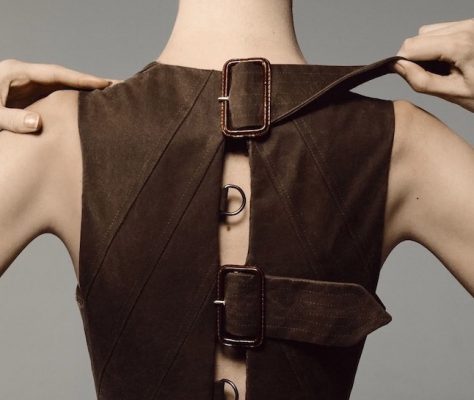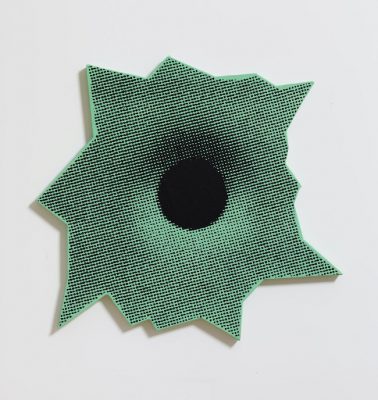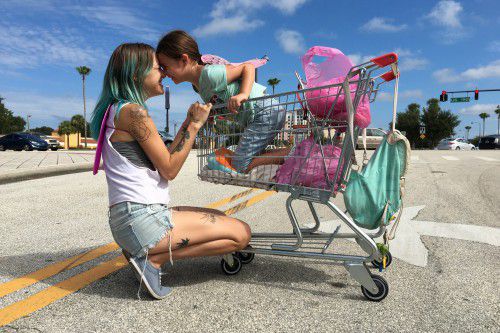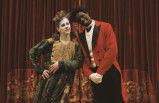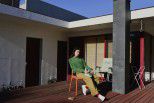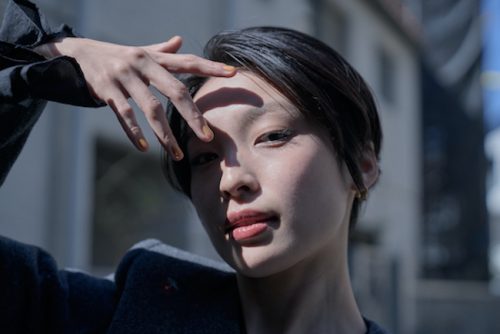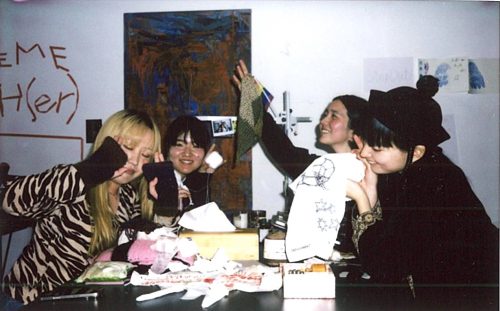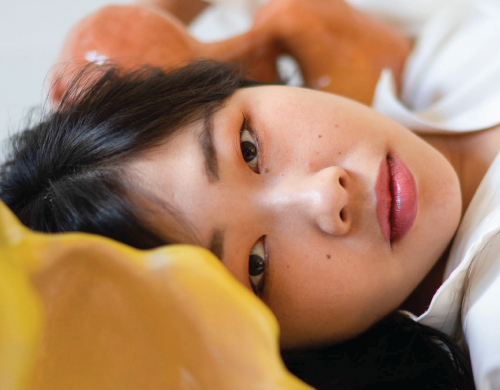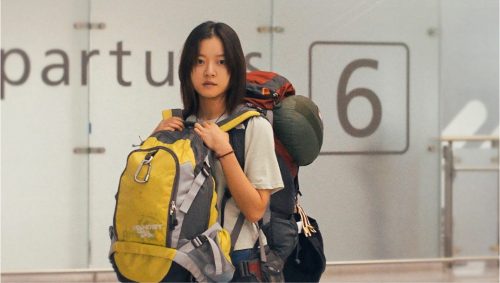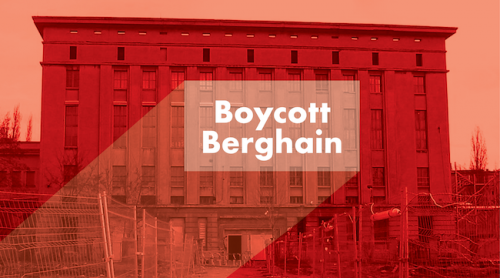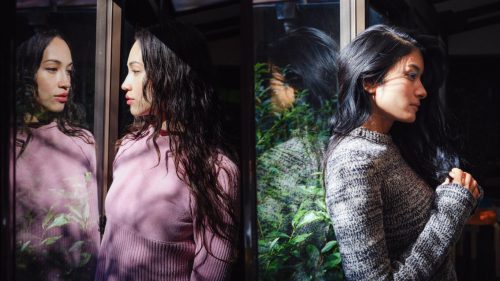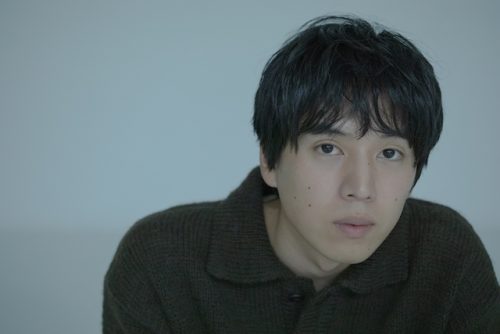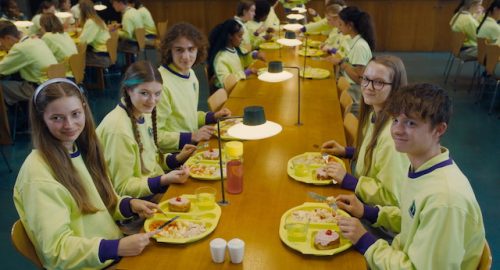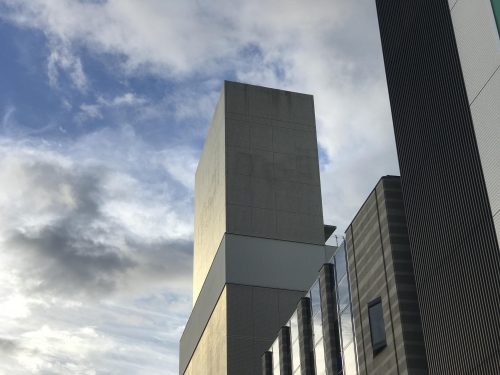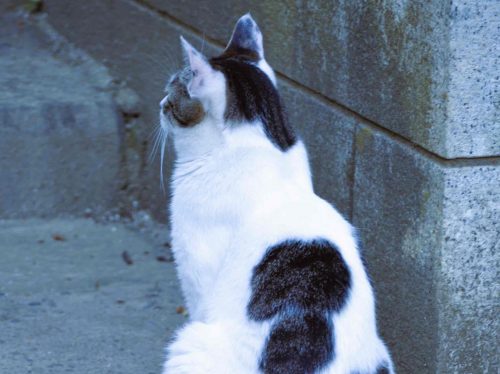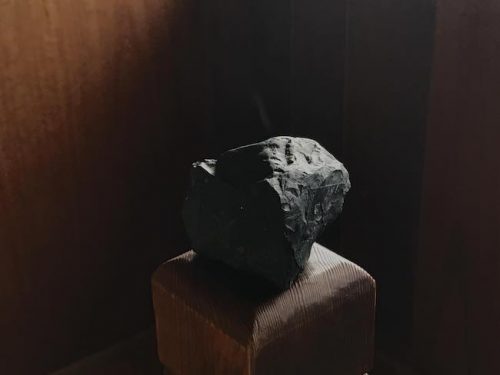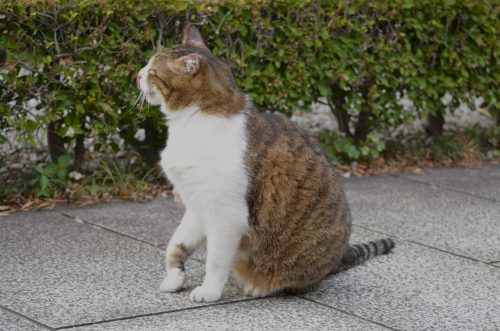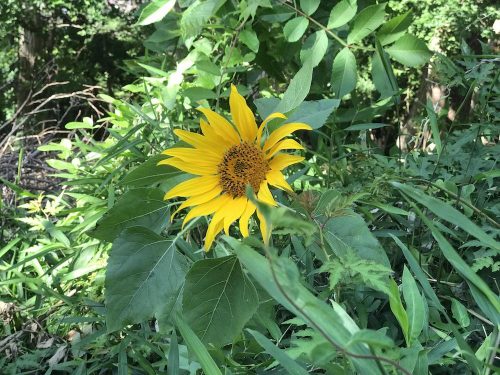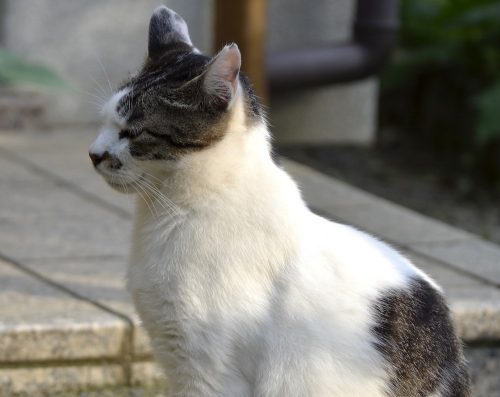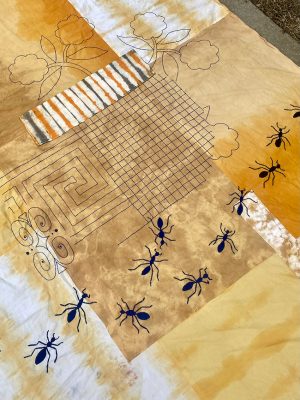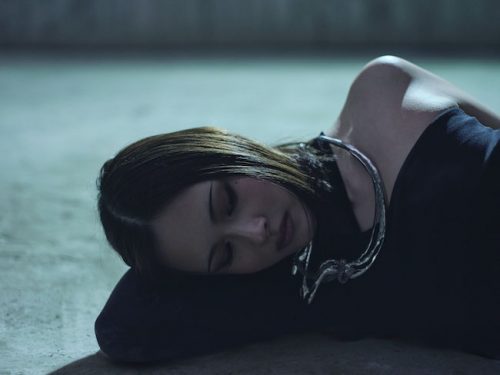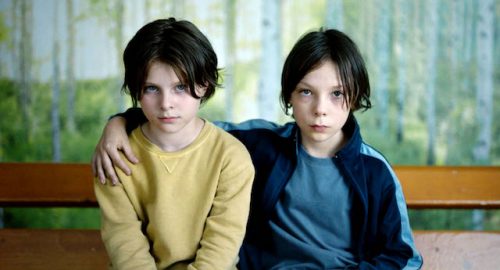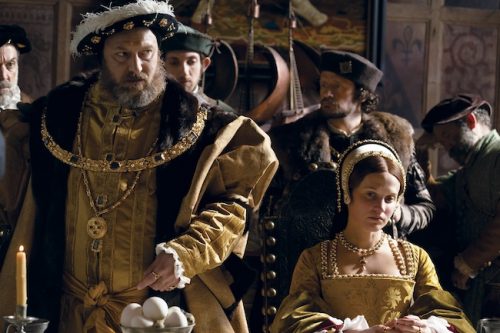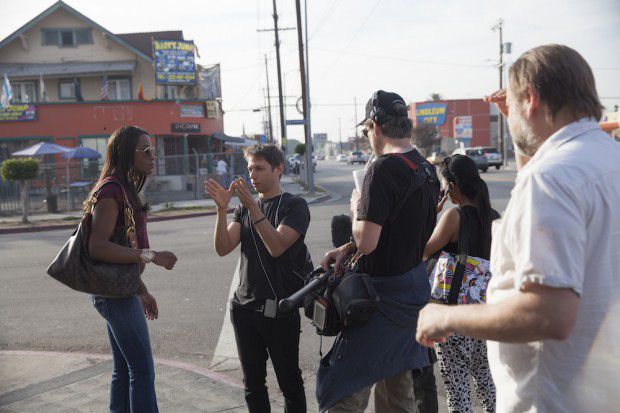
– We see many films from America, and this might not be the side of America that many people here would know. Why did you decide to tell this particular story?
I’m a New Yorker grew up in New York for the most of my life. But I moved to Los Angeles in 2012. LA is humongous and there are so many neighborhoods and communities and little microcosmos that haven’t been explored in the Hollywood mainstream industry and in film and television. And I thought, why not?
– I see.
It’s right there. Literally, the block with Donut Time is right next to the studio. It’s so weird to me that this was the area where people just drive by but never really stop and get to know the area. So I thought I would like to explore it. It’s sort of like an unofficial red light district, which I would say frequented by last decade mostly transgender sex workers. I knew that there would probably be millions of stories that could be told in this location.
So I called my producer up to tell him that I wanted to make a film about “the corner of Santa Monica and Highland.” And that’s all I had to say literally. He knew about it and understood what I was going for. He said, “all right, perfect, green lit.”
And I had to start a whole research process, because I’m not going to go in there with Chris Bergoch, my co-screenwriter, and just make up something. We didn’t know much about the area. So we decided to start that whole research process that took a while, but in it, it was quite eye-opening, we got to meet Mya and Kiki. Mya was the one who really introduced us to everybody.
– How did you meet her?
She was at the LGBT center, which was about a block away from Donut Time. We were approaching women on the street, we were approaching people in the neighborhood, but they thought we were either police officers or journalists and we couldn’t get to anywhere. So we decided to go to the LGBT center because it seemed easier to approach people. There was a nice courtyard and everything and they service youths at risk in the area. So we knew that there would be some people to talk to.
– And Mya was there.
Yes, we saw Mya from across the courtyard and we thought, “oh my gosh, she has such a look!” So we went over there, and we just said, “Hi, we’re making a film. We want to know more about the neighborhood and your life experience here.” And she was just like “Yeah! Sure! And I sing, so I want to sing!” [laughs] So I went, “OK, well it’s not a musical, but we’ll figure out a way for you to sing in the movie.”
– What about Kiki?
We started hanging out with Mya at a local fast-food restaurant, and got to hear a lot of stories. A lot of anecdotes about what it was like there. And then one day Mya said, “I want you to meet my actor friend. She’s the actor.” So she brought Kiki who really just studied drama in high school. But I guess she was considered a performer amongst everyone. It was at that moment when I saw the two together. It was such a dynamic duo. They look different and yet they complement each other, and they finish each other’s sentences. So there was something there I thought, “OK, if they can act, then we’re set.”
– Are they really like how they are in the film?
They are like that in terms of their wit, excitement, humor and energy. But Kiki is not like Sin-Dee. [laughs] She’s never violent. Actually, outside of her circle, she’s shy and introverted.
